How Much Does Rammed Earth House Construction Cost?
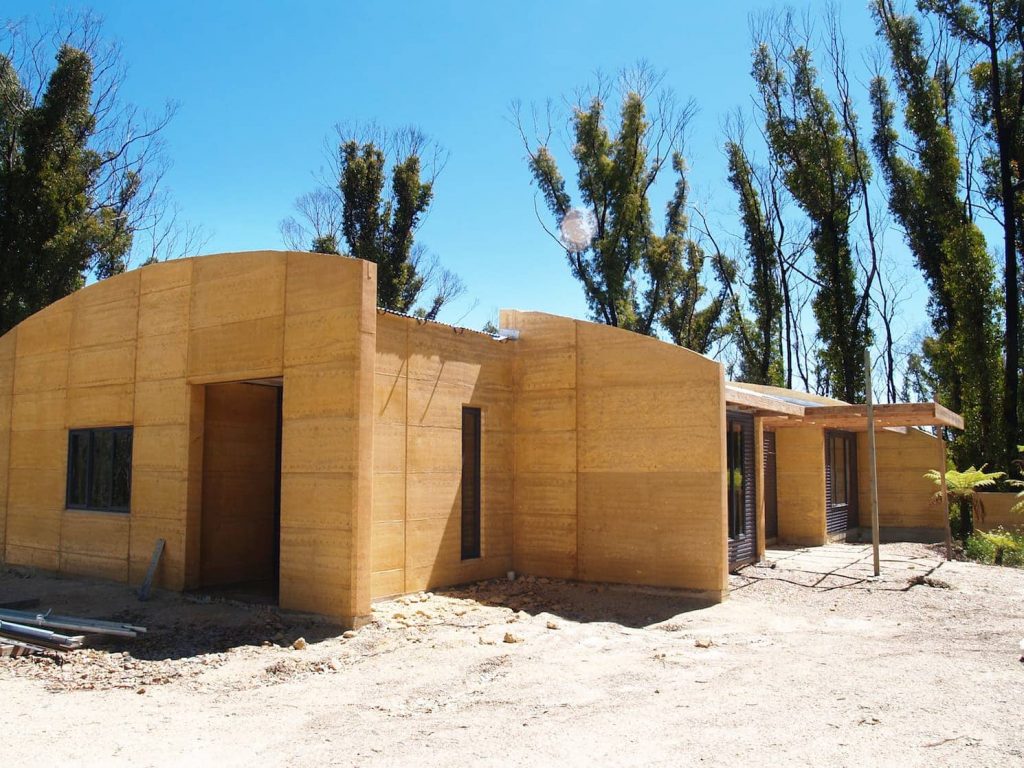

Roger Marx
Roger Marx, a distinguished BPA Advisor specializing in Landscaping & Outdoor Materials, is dedicated to sharing his extensive knowledge and expertise on the latest trending building and design products. With a keen focus on landscaping and outdoor materials, Roger contributes valuable insights that shape discussions on innovative construction practices and materials in these vibrant and essential areas.
A common question that’s asked is “how much does a rammed earth construction cost?‘“, and it’s a very reasonable question to ask. Rammed earth houses are a timeless and unique touch. This style has been around for over a thousand years, and it’s still very much loved today thanks to its beauty and versatility. Plus, it’s now associated with luxury, as this style is shown off in luxurious neighborhoods and estates. So, when it comes to this contemporary building technique, what’s the cost?
The cost alone is highly debated; it could deter homeowners from it if it's too expensive. Everyone knows that when it comes to buying homes, a lot of budgeting needs to be taken into account. The success of the build needs to have budgeting taken into account anyways. This will all involve having a concise understanding of the cost of each component.
Besides, whether it’s a rammed earth build, the overall cost will depend on the homeowner or construction company. There are so many factors that are within your control and plenty that are not so much. So let’s break down some of the costs to figure out how much a rammed earth house costs.
What is Rammed Earth?
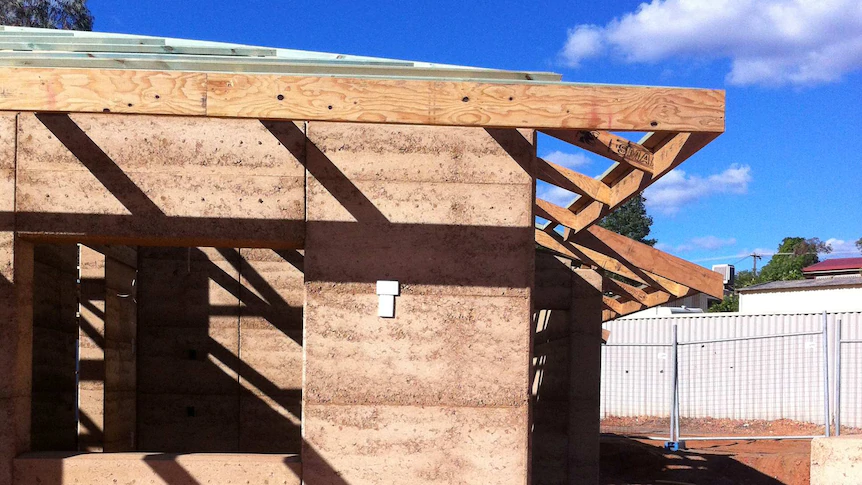
Image Credit: abc.net.au
Rammed earth is an ancient construction technique. It utilizes natural raw materials, such as gravel, earth, and lime. All of these raw materials are compacted on formworks and then are later removed and then dried. While this is a beautiful style synonymous with historical homes and ultra-luxury, you can count on this having high costs. The process alone for building a rammed-earth house is entirely labor-intensive.
Why is The Demand for Rammed Earth Houses?
Nowadays, the culture we’re living in is very eco-conscious. This has even affected the preferences for homes. Using environmentally friendly materials in the construction of your home is a great way to help the environment. For example, constructing a rammed-earth house can save you money and energy and reduce the negative impacts of your construction project.
A rammed-earth home is easy to clean and can prevent pests and termites from entering your home. This alone increases the house's longevity, leaving it sustainable. Using rammed earth construction techniques also helps reduce the load on forests. While this style of construction and homes is highly praised for being eco-friendly, it provides other benefits that make it in demand. For example, it has low noise transmission, a cool temperature in the summer, and low-temperature transmission in the winter.
Land Preparation and Site Work
The cost of a house being built on land with no structural work or landscaping will be the cost of the land. This is because the preparation of the site and the construction of any foundations are all included in the cost of land, not in a house. You'll need to pay for demolition if you’re building a new home on top of an existing foundation. Many factors determine how much demolition costs, like where it needs to happen and what materials need to be removed from the old foundation. Plus, tamping will need to be done, especially with rammed earth houses.
The Materials for Rammed Earth Houses

Image Source: rammedearthenterprises.com.au
The style and the materials allow rammed earth houses to stand out compared to traditional homes. The rammed earth materials are usually just raw materials. This can include clay, sand, grave, and stabilizer. Historically speaking, the stabilizer would be animal blood, but fortunately, this is no longer the case as lime is now used. All of this is combined and then turned into a formwork, meaning it’s being molded or framed.
The batches of compressed material would gradually wall up to the top of the formwork. Tamping was also a significant part of the process, but with modern technology, this no longer needs to be a back-breaking task. When it comes to the cost of a rammed earth wall in the construction process for the house, it can largely vary, but in the end, the cost is high. For instance, the average cost for a wall per m2 ranges from $460-$800.
This is a massive difference compared to brick walls which will cost roughly $20 or less. Plus, when it comes to the full cost of a house, there will be other factors such as the thickness of the wall, the height, the house design, and other factors too. So, what about the materials themselves? What would the prices be when paying for a contractor or construction company to build the rammed earth home from top to bottom ultimately? These are approximate prices when figuring out how much rammed earth house construction costs.
- Adobe- $130
- Earthbag- $170
- Conventional Construction Methods- $150
- Cob – $250 to $275
- Rammed Earth/ Compressed Earth Brick- $180
While the materials matter a lot for the creation of the house and the budget itself, it doesn’t stop there. Curing the walls with paint and using fire-resistant materials will also need to be put into place for the walls. However, this is also going to depend on the strength.
Why is Rammed Earth so Expensive?
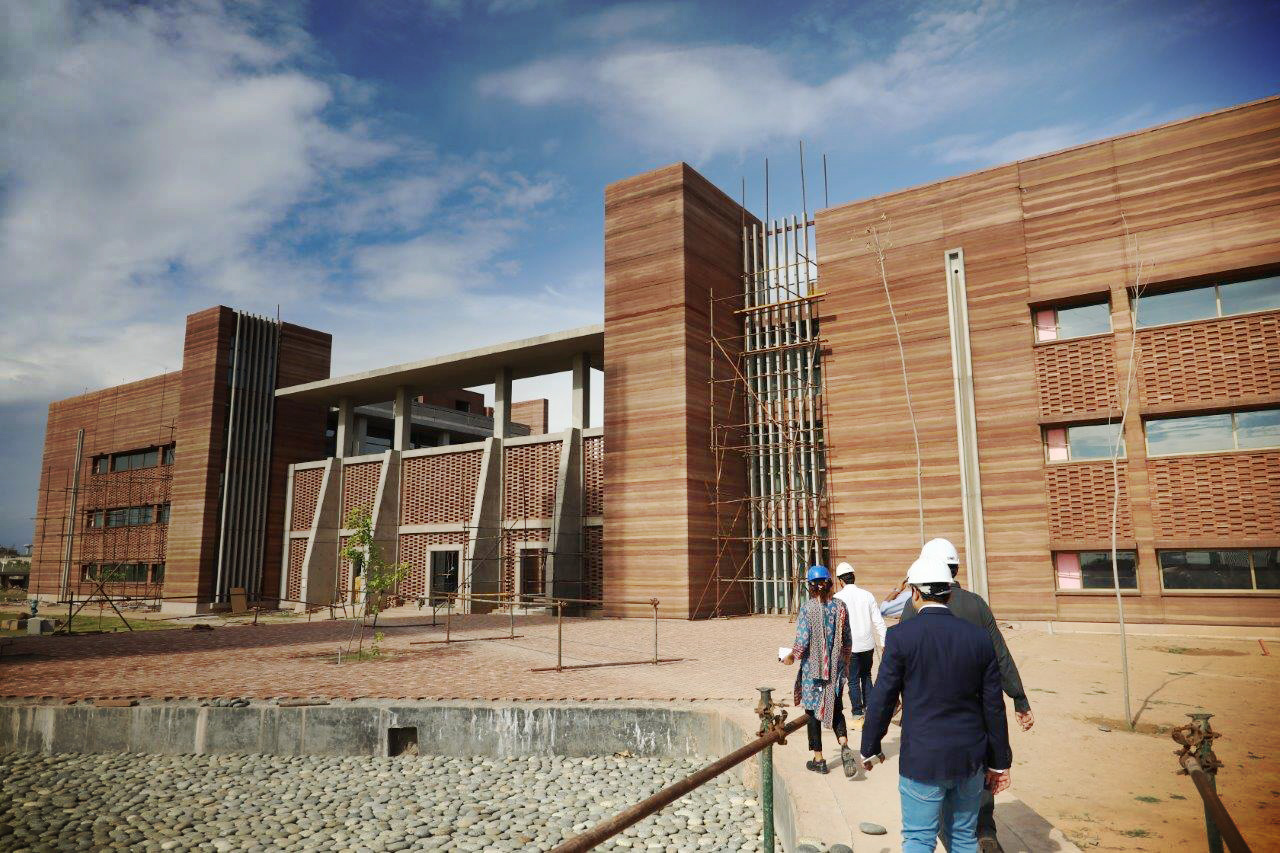
Image Source: sirewall.com
The main reason that this compressed earth brick is so expensive is mainly that the brick needs to be shaped. The shaping molds need to be set up, and the earthen mixture needs to be tamped. This has to be tamped down repeatedly; the earth mixture causes the labor cost to be higher. Since the labor cost needs to increase, the building cost will also increase.
Labor for Building Rammed Earth Houses
Another factor that will go into the cost when figuring out how much rammed earth house construction will cost is the labor itself. While a large chunk of the cost will go into the materials, labor can be pricey too. The labor can be expensive even if you opt for cheaper materials or alternatives. The construction alone is going to require at least one skilled laborer.
However, you can usually count on multiple working on this project. On top of that, special tools are going to be required for the construction. It’s a special skill that requires unique training, and with this being so different compared to traditional houses with the rising demand, you can expect a high price tag.
Sizing and Amount of Rooms
Sizing is something else that’s going to play a major role in the cost of the construction of a rammed-earth house. Smaller houses are more sustainable, and they’re budget-friendly too. However, it’s not always the case with rammed earth houses. Home has many one-off costs, including rammed earth housing construction. For instance, there need to be service connections, a kitchen, bathroom, etc., for a house.
These are required regardless of the size of your home. While you shouldn’t choose to get a small home that’s inefficient, it’s also going to be very costly to have the rammed house built larger than you need. An extra room in the house will be more costly than a larger room. Why is that? Well, it’s mostly due to the inclusion within the house. This can include hose doors, windows, walls, and electricity are all affected by that extra room. However, when it’s just a larger room, it’s mostly the walls, flooring, and roofing that are put more into consideration.
Should I Get a Rammed Earth House?
One of the most significant advantages outside of aesthetics would be that rammed earth homes are one of the best green alternatives on the market. It’s significantly more eco-friendly compared to traditional homes. Plus, the construction material itself is by far more sustainable. With the rise of climate change, people are looking for ways to be more sustainable, and rammed-earth houses are proving to be a great option.
So, should you look into getting a rammed earth home? Well, it depends on you, your preferences, and your budget. This is a fantastic environmentally-friendly architecture, but not everyone can afford it. Currently, this is seen as a luxury compared to traditional homes.
Get Smarter About Building Products
Join 50,000+ subscribers and get our 3 min daily newsletter on what matters in the building materials industry.
You might like this
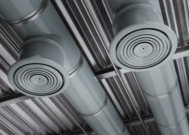

Solving Ventilation Challenges: Metal Deck Profiles and Back Draft Dampers as Key Solutions
When it comes to building design and construction, ventilation is a critical factor that often presents significant challenges. Proper ventilation is essential for maintaining indoor air quality, controlling temperature, and ensuring occupant comfort and safety. In this article, we will explore how metal deck profiles and back draft dampers are key solutions for addressing ventilation […]
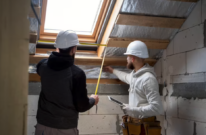

The Ultimate Guide to Home Insulation
When it comes to creating a comfortable and energy-efficient home, insulation plays a pivotal role. Proper insulation helps regulate indoor temperatures, reduces energy consumption, and enhances overall comfort. In this comprehensive guide, we’ll explore various aspects of home insulation, including the best types of insulation for different areas of your home and key considerations for […]


The Best Hidden Deck Fasteners: Concealed Elegance and Lasting Stability
Decks, those quintessential outdoor havens, serve as extensions of our living spaces, inviting us to bask in the open air. But what if we could take this experience to the next level? Enter concealed deck fasteners, the unsung heroes that elevate your deck’s appearance and structural integrity, all while keeping their existence a secret. In […]